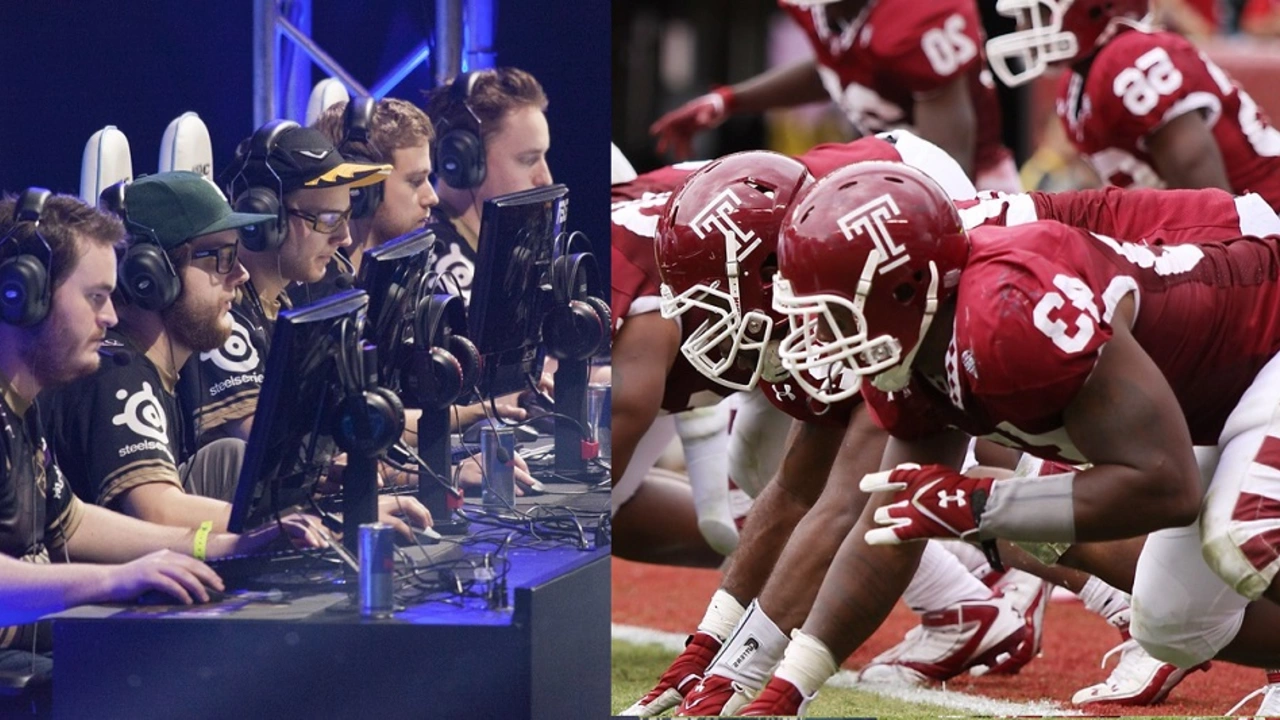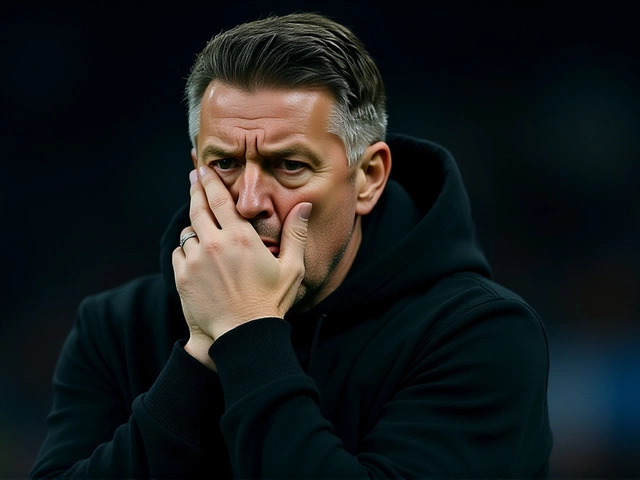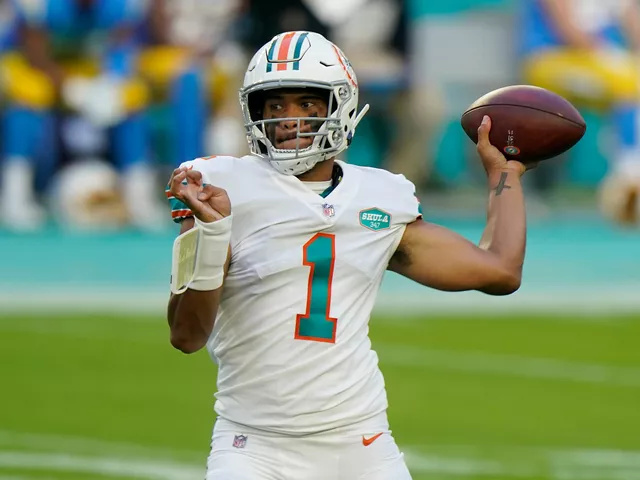Active Sports Comparison
When exploring active sports comparison, you’re looking at the side‑by‑side look at how different sports stack up in performance, popularity, and health impact. Active Sports Comparison, a method of evaluating sports against each other across metrics like speed, injury risk, and fan base pulls together several key ideas. One is Sports Evolution, the way games have changed with technology, training, and cultural shifts, which sets the stage for any fair matchup. Another pillar is Sport Origins, the historical roots that explain why rules, equipment, and styles differ worldwide. Finally, Sports Health, the impact of each activity on heart, joints, and overall wellbeing often tips the scales in a comparison. These three entities together form the backbone of a solid active sports comparison: evolution shapes modern play, origins give context, and health outcomes guide choice.
Evolution, origins, rivalry, and health
Understanding sports evolution means seeing how training gear, analytics, and global broadcasting have turned a local pastime into a billion‑dollar industry. For example, the shift from wooden baseball bats to composite ones directly affects speed and power numbers you’d compare across sports. Sports Rivalry, the intense competition between teams or nations that fuels fan passion also rides on this evolution – rivalries become richer when each side adapts new tactics. At the same time, Sport Origins, the historic development of each game that explains rule variations and cultural significance remind us that football grew from English public‑school rules, while basketball emerged in a gymnasium to keep athletes active during winter. Knowing those backstories helps you weigh a fast‑paced game against a strategic one in a comparison.
Health factors are the final piece of the puzzle. A study from the British Heart Foundation showed that a 30‑minute brisk walk can cut cardiac arrest risk by 20 %, while high‑impact sports like rugby carry a higher concussion rate. When you line up activities in an active sports comparison, those numbers matter: someone looking for longevity might favor cycling over mixed martial arts, even if the latter scores higher on excitement. Sports Health, metrics such as cardiovascular benefit, injury likelihood, and long‑term mobility provides the concrete data you’ll see throughout the articles below.
Below you’ll find a curated mix of articles that dive into these angles – from how the NFL is becoming more diverse to the way ancient games shaped modern rivalries, and even tips on keeping your heart safe while you play. Whether you’re a casual fan, a coach, or just curious about the numbers behind your favorite pastime, this collection gives you the facts, stories, and health checks you need to make an informed active sports comparison.
Why isn't eSports as accepted as active sports?

Hey folks, let's dive into this spicy salsa of a topic - Why isn't eSports as accepted as active sports? It's like trying to convince your grandma that your digital art is as real as her oil paintings! Well, the first hurdle is the physicality, or lack thereof. Traditional sports fans are often skeptical about watching folks play video games, missing the sweat and muscles flexing. But, let's not forget, eSports require serious mental gymnastics and finger dexterity! So next time you're defending eSports, flex those brainy biceps and remember, not all games need a ball and a field!
Categories
RECENT POSTS
AEW Dynamite Sets Blood & Guts Stage as Allin and Castagnoli Tie Advantage Battle 1-1
AEW Dynamite tied the Blood & Guts advantage battle 1-1 as Megan Bayne and Darby Allin won their matches, while Claudio Castagnoli's victory set up a decisive showdown next week in Houston for entry advantage in the cage match.
Crystal Palace 2-0 Wolves: Edwards’ Debut Ends in Defeat as Palace Surge to Fourth, Wolves Hit Historic Low
Crystal Palace beat Wolves 2-0 at Molineux, with goals from Muñoz and Pino, leaving Wolves winless in 12 Premier League games — their worst start since 1930 — while Palace surge to fourth place.
How to Maintain Friendships With Clients Without Coming Across as Unprofessional
Learn how to build genuine, lasting relationships with clients without crossing professional boundaries. Real tips on warmth, boundaries, social media, and when to say no.
How many Asians are playing in the NFL?
As an NFL enthusiast, I've noticed a gradual increase in the number of Asian players in the league over the years. Although the numbers aren't as high as other ethnic groups, the presence of Asians in the NFL is undeniably growing. This includes players of Asian descent, mixed heritage or those born in Asia. Their representation in the NFL is important as it promotes diversity in the sport. It's great to see the NFL becoming more inclusive and I look forward to seeing even more Asian players make their mark in the league.
Why isn't eSports as accepted as active sports?
Hey folks, let's dive into this spicy salsa of a topic - Why isn't eSports as accepted as active sports? It's like trying to convince your grandma that your digital art is as real as her oil paintings! Well, the first hurdle is the physicality, or lack thereof. Traditional sports fans are often skeptical about watching folks play video games, missing the sweat and muscles flexing. But, let's not forget, eSports require serious mental gymnastics and finger dexterity! So next time you're defending eSports, flex those brainy biceps and remember, not all games need a ball and a field!




